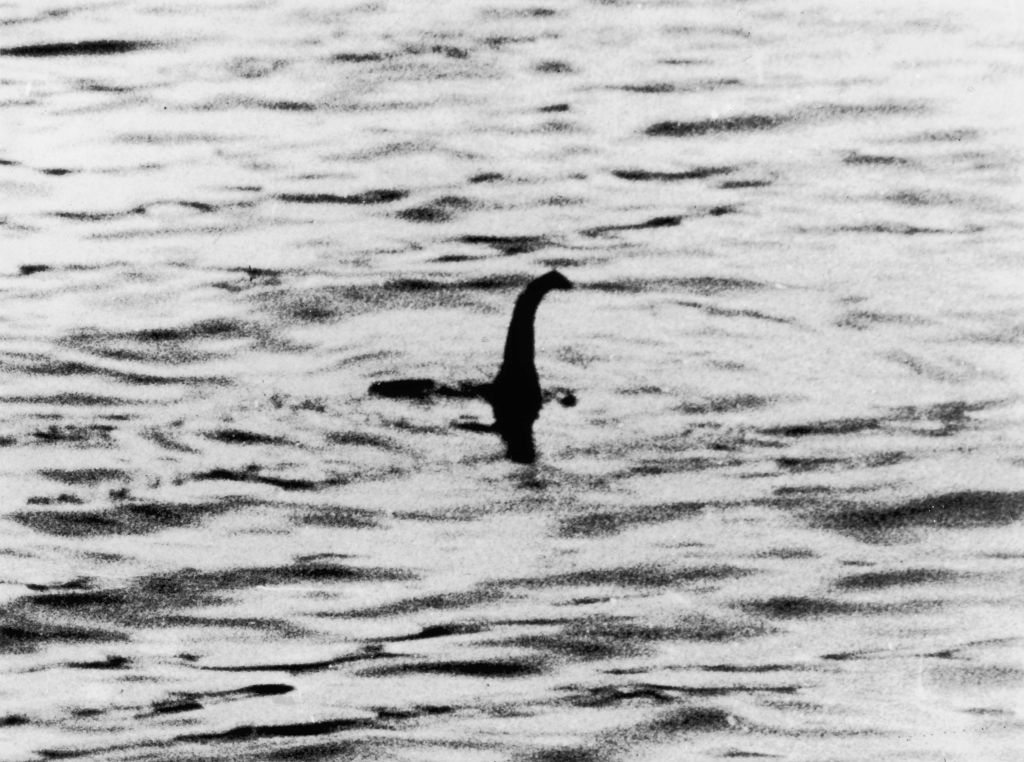This ancient relative of Homo sapiens may have co-existed with early humans

Humans' supposedly ancient relative might not actually be that old. New research has revealed that Homo naledi, a human relative first discovered two years ago in South Africa, may have actually still been roaming the Earth when humans appeared.
Scientists originally thought the fossils of the species they'd uncovered in a South African cave system were as old as 2.5 million years. Now that the sediments the fossils were found in have been dated, that estimate is between 236,000 and 335,000 years. That means Homo naledi and Homo sapiens could have co-existed in Africa some 300,000 years ago. "No one thought that a small-brained, primitive hominin could extend down through time this long and that period is exactly the moment when we thought modern humans were arising here in Africa," said Lee Berger, project leader for Johannesburg's University of the Witwatersrand.
Examinations of Homo naledi fossils revealed a species with a brain "much smaller than humans', suggesting the creatures were more primitive," Time reported. The species does appear to have "human-like feet and curved hands with opposable thumbs."
The Week
Escape your echo chamber. Get the facts behind the news, plus analysis from multiple perspectives.

Sign up for The Week's Free Newsletters
From our morning news briefing to a weekly Good News Newsletter, get the best of The Week delivered directly to your inbox.
From our morning news briefing to a weekly Good News Newsletter, get the best of The Week delivered directly to your inbox.
Scientists aren't yet sure how humans and the species may have interacted. "Could there have been gene exchange between Homo naledi and early Homo sapiens?" Berger told Reuters. "It's entirely possible."
A free daily email with the biggest news stories of the day – and the best features from TheWeek.com
-
 Nobody seems surprised Wagner's Prigozhin died under suspicious circumstances
Nobody seems surprised Wagner's Prigozhin died under suspicious circumstancesSpeed Read
-
 Western mountain climbers allegedly left Pakistani porter to die on K2
Western mountain climbers allegedly left Pakistani porter to die on K2Speed Read
-
 'Circular saw blades' divide controversial Rio Grande buoys installed by Texas governor
'Circular saw blades' divide controversial Rio Grande buoys installed by Texas governorSpeed Read
-
 Los Angeles city workers stage 1-day walkout over labor conditions
Los Angeles city workers stage 1-day walkout over labor conditionsSpeed Read
-
 Mega Millions jackpot climbs to an estimated $1.55 billion
Mega Millions jackpot climbs to an estimated $1.55 billionSpeed Read
-
 Bangladesh dealing with worst dengue fever outbreak on record
Bangladesh dealing with worst dengue fever outbreak on recordSpeed Read
-
 Glacial outburst flooding in Juneau destroys homes
Glacial outburst flooding in Juneau destroys homesSpeed Read
-
 Scotland seeking 'monster hunters' to search for fabled Loch Ness creature
Scotland seeking 'monster hunters' to search for fabled Loch Ness creatureSpeed Read

